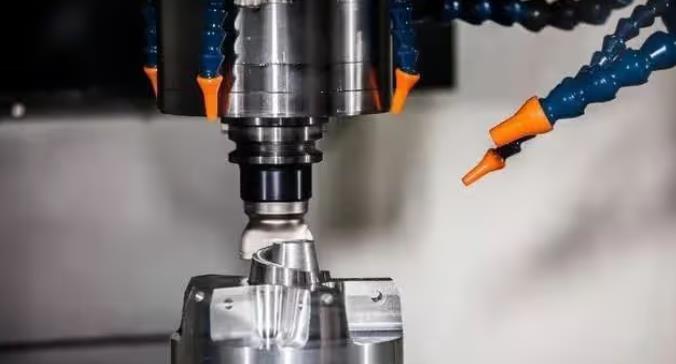- May 21, 2024
In the realm of product development and innovation, service prototypes play a crucial role in refining and validating service concepts before they are fully implemented. Rapid prototyping services, including rapid sheet metal prototyping, offer a valuable tool for businesses to test and iterate their service offerings efficiently. In this article, we will delve into the main purpose of service prototypes, exploring how they contribute to the development and enhancement of services across various industries.
Understanding Service Prototypes:
Service prototypes are tangible representations or simulations of service concepts, processes, or interactions. Unlike physical product prototypes, service prototypes focus on visualizing and testing the delivery and user experience of services. They can take various forms, including mock-ups, wireframes, storyboards, or even role-playing scenarios, depending on the nature of the service being developed.
The Main Purpose of Service Prototypes:
1. Concept Validation:
One of the primary purposes of service prototypes is to validate service concepts and ideas before investing significant resources in full-scale implementation. By creating a prototype, businesses can visualize and test different service scenarios, gather feedback from stakeholders, and assess the feasibility and viability of the proposed service concept.
2. User Experience Design:
Service prototypes serve as invaluable tools for designing and refining the user experience (UX) of services. By simulating service interactions and touchpoints, prototypes allow designers to identify potential pain points, streamline processes, and optimize the overall user journey. Through iterative testing and refinement, service prototypes help ensure that the final service design meets the needs and expectations of users.
3. Iterative Development:
Another key purpose of service prototypes is to facilitate iterative development and continuous improvement of services. By creating prototypes early in the development process, businesses can quickly iterate on service concepts, incorporate feedback, and make necessary adjustments before finalizing the service design. This iterative approach enables businesses to respond promptly to changing market dynamics and evolving customer preferences.
4. Stakeholder Communication:
Service prototypes serve as powerful communication tools for engaging stakeholders and gaining buy-in for service initiatives. Whether presenting to internal teams, external partners, or potential clients, prototypes help convey the value proposition and benefits of the proposed service in a tangible and accessible manner. By visualizing service concepts and demonstrating their functionality, prototypes facilitate more meaningful discussions and alignment among stakeholders.
5. Risk Mitigation:
Service prototypes also play a crucial role in mitigating risks associated with service development and implementation. By testing service concepts in a controlled environment, businesses can identify potential challenges, anticipate operational issues, and proactively address them before launching the service. This proactive approach reduces the likelihood of costly mistakes and ensures smoother execution of service initiatives.
6. Market Testing:
In addition to internal validation, service prototypes enable businesses to conduct market testing and gather feedback from potential customers. By releasing prototypes to a select group of users or conducting pilot tests in real-world settings, businesses can assess market demand, gauge customer preferences, and validate the commercial viability of the service concept. This market-oriented approach helps businesses make informed decisions about resource allocation and market entry strategies.
7. Training and Capacity Building:
Service prototypes can also be used for training purposes, enabling employees to familiarize themselves with new service offerings and workflows. By simulating service interactions and scenarios, prototypes provide hands-on learning opportunities for staff, helping them develop the skills and competencies required to deliver the service effectively. This training approach enhances employee readiness and ensures a smoother transition to the new service environment.
Conclusion:
In conclusion, service prototypes serve a multifaceted purpose in the development and enhancement of services across various industries. From concept validation and user experience design to iterative development and stakeholder communication, prototypes play a critical role in refining service concepts, mitigating risks, and driving innovation. Through rapid prototyping services, including rapid sheet metal prototyping and other prototyping services, businesses can accelerate the service development process, optimize user experiences, and stay ahead in today's competitive marketplace.


